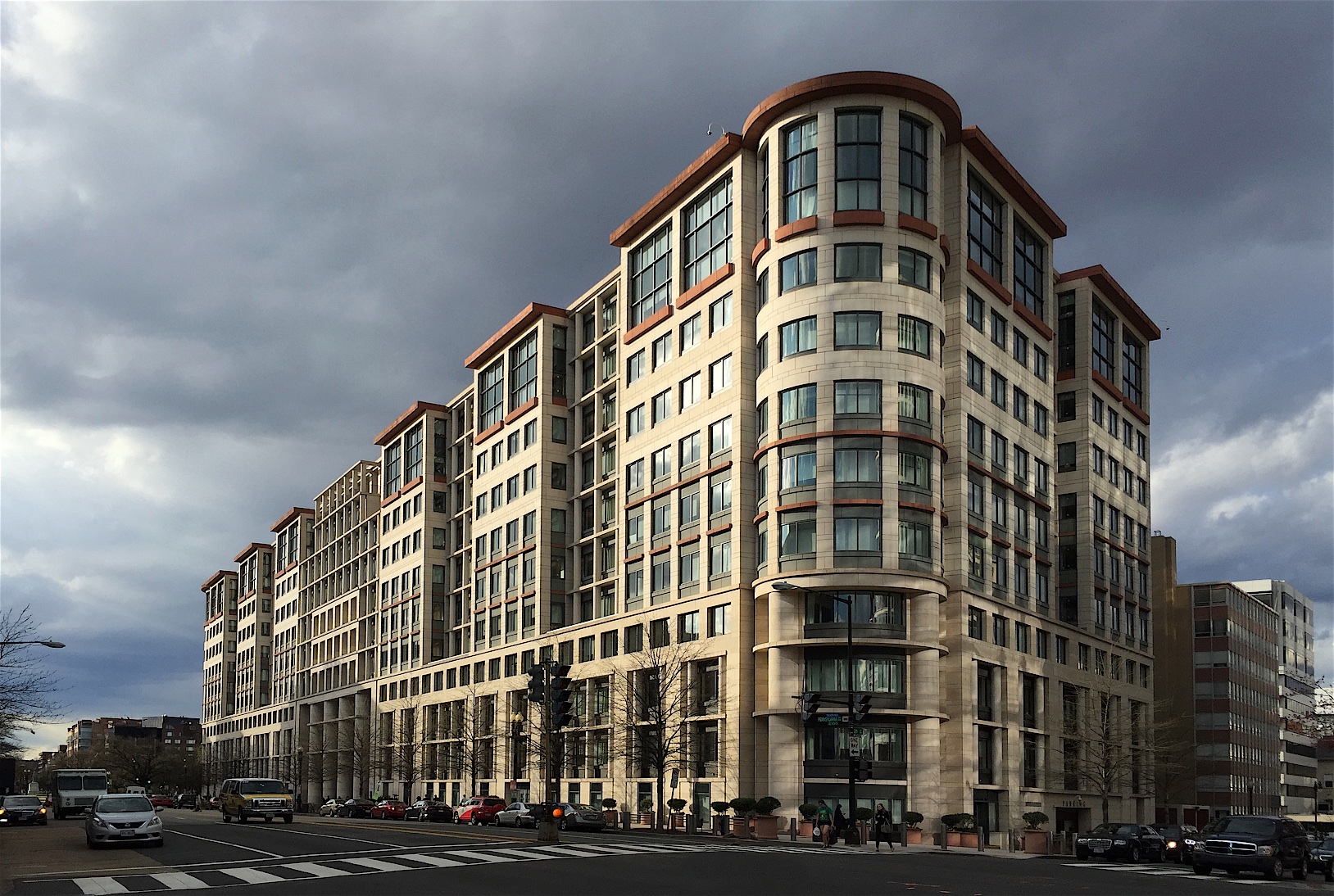The report of a high-level commission chaired by former Mexican President Ernesto Zedillo and tasked with generating ideas and momentum for reforming the World Bank’s governance was published in October 2009. Johannes Linn summarizes the report well here (and then complains that its remit was too narrow). The report was launched at a CGD event which Lawrence Macdonald moderated (he critiqued World Bank president Robert Zoellick’s response to the report here). Building on the recommendations of the Zedillo report, I suggest four priorities below for reformat the World Bank. I then add one worry about an issue the report failed to grapple with.
- IBRD should go 50/50 (voting shares), with developing countries rising not from 44 to 47 percent (as recently endorsed by the G-20) but to 50 percent. The 50/50 allocation should be tied to the planned capital increase. It’s the borrowers that want a bigger bank. Many have surplus reserves and could put in more paid-in capital; perhaps non-borrowers with big fiscal problems like the U.S. could increase their contributions in the form of callable capital (which would not require budget appropriations). Need the paid-in ratio be the same for everyone? By the way, the Inter American Development Bank (IDB) has been a 50/50 bank since 1994. The effect there has been more than symbolic (greater legitimacy and ownership have affected the agenda and the budget) but by no means has constituted a revolution -- for good or ill.
- IDA governance. IDA should have a separate governance structure from IBRD. The Commission recommends a voting arrangement for IDA more tied to recent contributions, but is not explicit about separating IDA from IBRD governance. Here lies a possible bargain with the UK and other Europeans: they keep more votes and chairs at IDA but give up some chairs at IBRD (where they have 8 of 24 now). IDA should also be 50/50, including only donors and IDA recipients. Middle-income countries like China and Brazil could join the donors by contributing to IDA directly.
- Presidential selection. The G-20 and the Zedillo Commission have spoken: it is time to end the grip that the U.S. and Europe have on selecting the heads of the World Bank and the IMF respectively. On this issue, I advocate double majority voting – a majority of weighted votes, and a majority of countries. This method would enhance institutional legitimacy since small, poor countries could, if they formed a coalition, be able to block a candidate they didn’t like – just as the U.S. can (and could) do all by itself. That way an elected president would have serious and broad support, thus enhancing his or her legitimacy – and therefore the effectiveness – of the institutions. Meanwhile the U.S. Congress still needs to be reassured that the U.S. would retain a de facto veto on any candidate.
- Global public goods. As I argue in a recent speech, a new wing at the World Bank should be a huge priority. Its governance should be shaped by three principles. First, periodic member contributions should be related positively to per capita income and to emissions per capita. Second, developing countries as a group should have influence equal to that of developed countries, whether through 50 percent of weighted votes or other voting rules. Finally, in legal and operational terms, the new entity should be as distinct or even more distinct from the main lending arm of the bank as the Multilateral Investment Guarantee Agency (MIGA) and the International Finance Corporation (IFC). And why not put the new wing in Beijing or New Delhi? Developing countries have $3 trillion in reserves. Surely they would welcome an opportunity to lend to or capitalize a substantial GPG Trust Fund. Better for them and for the global economy that some of those reserves be intermediated through a legitimate global institution. The Climate Investment Funds are already governed under a 50/50 arrangement and a GPG or Climate Fund should be similarly set up. To start, it should be at least $3 billion with at least $1.5 billion from advanced developing countries.
Disclaimer
CGD blog posts reflect the views of the authors, drawing on prior research and experience in their areas of expertise. CGD is a nonpartisan, independent organization and does not take institutional positions.





